Whether you’re heading off on a relaxing vacation, a business trip, or even just a weekend getaway, leaving your plants behind can be stressful. Will they survive the dry days without your regular watering routine? Plants, especially those in pots or garden beds exposed to sun, can quickly suffer from dehydration, wilting, or even death if left unattended.
But don’t worry! With some smart planning and simple strategies, you can ensure your garden stays healthy and hydrated while you’re away. This comprehensive guide covers how to water plants when away and provides you with effective tips to keep your green friends thriving no matter how long you’re gone.
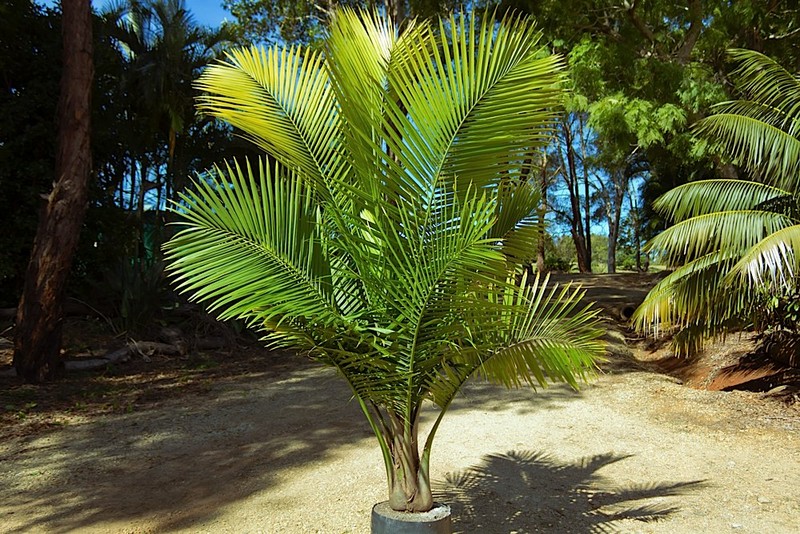
Why Proper Plant Watering While Away is Crucial
Plants rely on consistent moisture to maintain healthy growth, photosynthesis, and nutrient uptake. When you leave without watering:
- Soil dries out quickly: Especially in hot, dry climates or if plants are in small pots.
- Roots get stressed: Lack of water causes root damage and reduces plant vigor.
- Leaves wilt or yellow: Early signs of water stress.
- Flowers drop prematurely: Leading to less blooming and weaker plants.
- Increased susceptibility to pests and diseases: Dry plants weaken immune defenses.
So, maintaining moisture levels isn’t just about preventing wilting — it ensures your plants remain vibrant and healthy after you return.
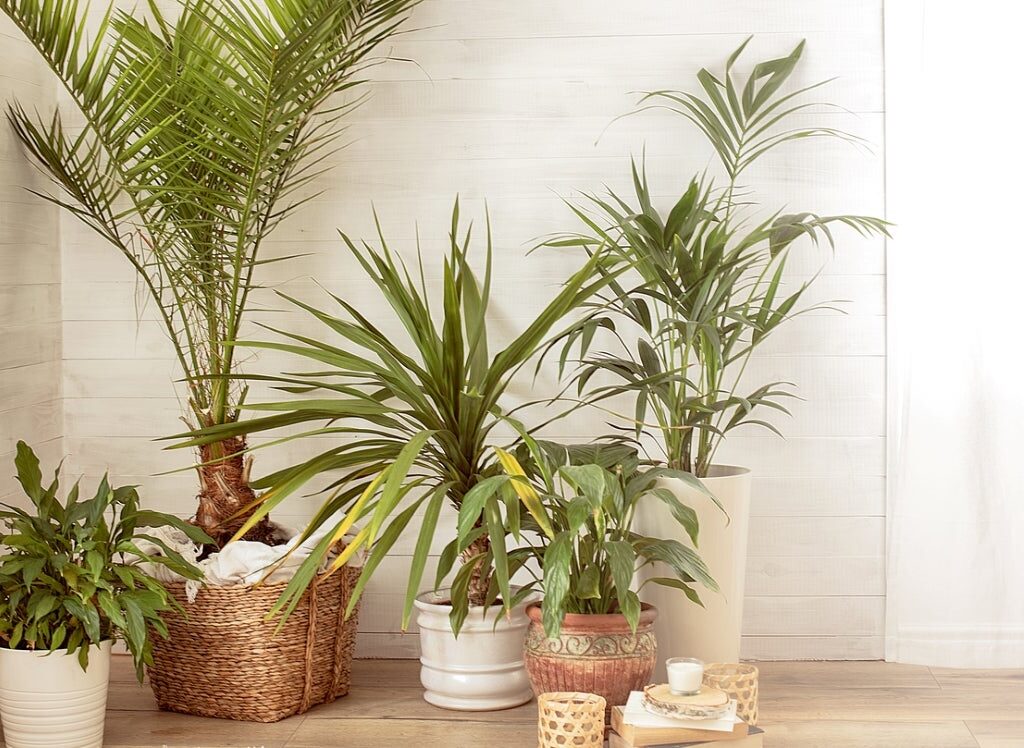
1. Water Thoroughly Before You Leave
The simplest and most important step is to give your plants a deep watering session right before you leave.
- Water the soil thoroughly until water drains out of the bottom of pots or is absorbed deeply in garden beds.
- Avoid shallow watering, which only wets the topsoil and evaporates quickly.
- For potted plants, soak the soil until it’s evenly moist.
- For garden beds, use a soaker hose or drip irrigation to saturate the root zone.
This ensures your plants start their “time away” fully hydrated with enough moisture stored in the soil.

2. Use Mulch to Retain Moisture
Mulch acts like a protective blanket over your soil surface, reducing evaporation and helping retain moisture longer.
- Apply a 2-3 inch layer of organic mulch such as shredded bark, straw, or leaf mold around your plants.
- Mulch also helps regulate soil temperature and suppress weeds, both of which reduce moisture loss.
- Avoid piling mulch directly against plant stems to prevent rot.
Mulching is a simple, low-cost way to keep your soil moist while you’re gone.
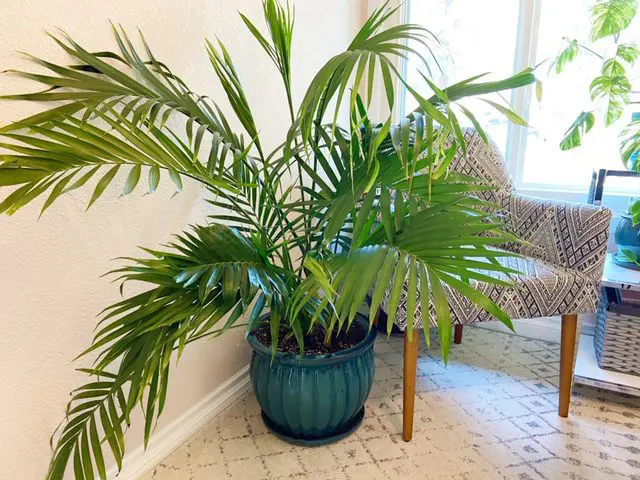
3. Group Plants Together for Microclimate Benefits
If possible, cluster your plants together when you know you’ll be away. Grouping plants creates a mini microclimate where humidity is slightly higher, reducing water loss.
- Place potted plants close to each other in shaded or semi-shaded areas.
- Group plants with similar watering needs to avoid over or under-watering.
- Consider moving potted plants out of direct sun to cooler spots to reduce evaporation.
This natural method helps conserve moisture and keeps your plants cooler.
4. Set Up a Drip Irrigation or Soaker Hose System
For longer absences, investing in a drip irrigation or soaker hose system can be a lifesaver.
- These systems deliver slow, steady watering directly to the root zone.
- Drip lines can be connected to a timer to automate watering on schedule.
- Soaker hoses are porous tubes you lay around plants or beds that seep water gradually.
- Both minimize water waste by targeting soil, not leaves.
Automated watering reduces stress and keeps moisture consistent in your garden or containers.
5. Use Self-Watering Containers or Wicking Systems
If you mostly grow plants in pots, consider using or setting up self-watering containers or a DIY wicking system.
- Self-watering pots have reservoirs below the soil that supply water via capillary action.
- DIY wicking involves placing a water source (like a bucket) near pots and threading absorbent material (cloth or rope) from the water into the soil.
- The wick draws water slowly into the potting soil as it dries.
These systems ensure your plants receive water gradually without daily intervention.
6. Create a Temporary Plant-Sitting Schedule
If you have neighbors, friends, or family nearby, ask if they can help water your plants.
- Provide clear instructions on watering amounts and frequency.
- Show them the location of tools and water sources.
- Give them any specifics your plants require, like avoiding wetting leaves or time of day for watering.
- Leave a contact number for emergencies.
Human help can be especially valuable for high-maintenance or sensitive plants.
7. Use Plastic Covers or Mini Greenhouses to Reduce Evaporation
For potted plants or small garden sections, using plastic covers or mini greenhouses can reduce water loss.
- Place clear plastic domes or covers over pots to trap humidity.
- DIY mini greenhouses can be made from plastic bottles or containers.
- Ensure covers have some ventilation to prevent overheating or mold.
This creates a humid microenvironment that slows evaporation while still allowing light.
8. Adjust Watering Schedule and Amount Before Leaving
Plants adapt to watering frequency, so adjusting before you leave can improve their drought tolerance.
- Gradually reduce watering days leading up to your departure to help plants harden off.
- Increase watering volume in the last watering to soak the soil deeply.
- Avoid fertilizing right before leaving, as this encourages growth needing more water.
Properly conditioned plants are less likely to suffer during your absence.
9. Use Water Globes or Moisture-Retaining Crystals
Water globes (or watering bulbs) are handy for small to medium-sized potted plants.
- These glass or plastic globes slowly release water into the soil over several days.
- Simply fill with water and insert into the soil.
- Useful for short trips but less effective for large plants or long durations.
Alternatively, mix moisture-retaining crystals into your potting soil before watering; they absorb water and release it slowly.
10. Monitor and Adjust Upon Your Return
Once you return, don’t assume your plants are fine — inspect and care for them promptly.
- Check soil moisture levels and water deeply if needed.
- Remove any wilted or dead leaves to reduce disease risk.
- Adjust your watering schedule based on plant condition.
- If some plants suffered, give them extra care and patience to recover.
Your attentive follow-up ensures your plants bounce back after your absence.
Bonus Tips for Specific Plant Types
- Succulents and Cacti: Require minimal water; a deep watering before leaving is usually sufficient.
- Tropical Plants: High water needs; best candidates for drip irrigation or plant-sitting.
- Vegetable Gardens: Consider installing drip irrigation with timers for regular watering.
- Hanging Baskets: These dry out fastest; prioritize self-watering pots or regular help.
Common Mistakes to Avoid
- Overwatering before leaving: Wet soil can cause root rot if plants sit too long.
- Watering only foliage: Water should penetrate soil to reach roots.
- Ignoring light and temperature: Hot, sunny spots dry out soil quickly.
- Leaving plants exposed to harsh midday sun: Move containers to shaded areas.
- Failing to test irrigation systems: Always test automatic watering before leaving.
Final Thoughts: Peace of Mind When You Travel
Leaving your plants behind doesn’t have to be stressful or risky. With thoughtful preparation and the right watering strategies, you can keep your garden hydrated and healthy even when you’re away. From simple deep watering and mulching to advanced drip irrigation and self-watering containers, there’s a solution for every type of garden and trip length.
So pack your bags and enjoy your time away, knowing your plants will be waiting happily and hydrated for your return!

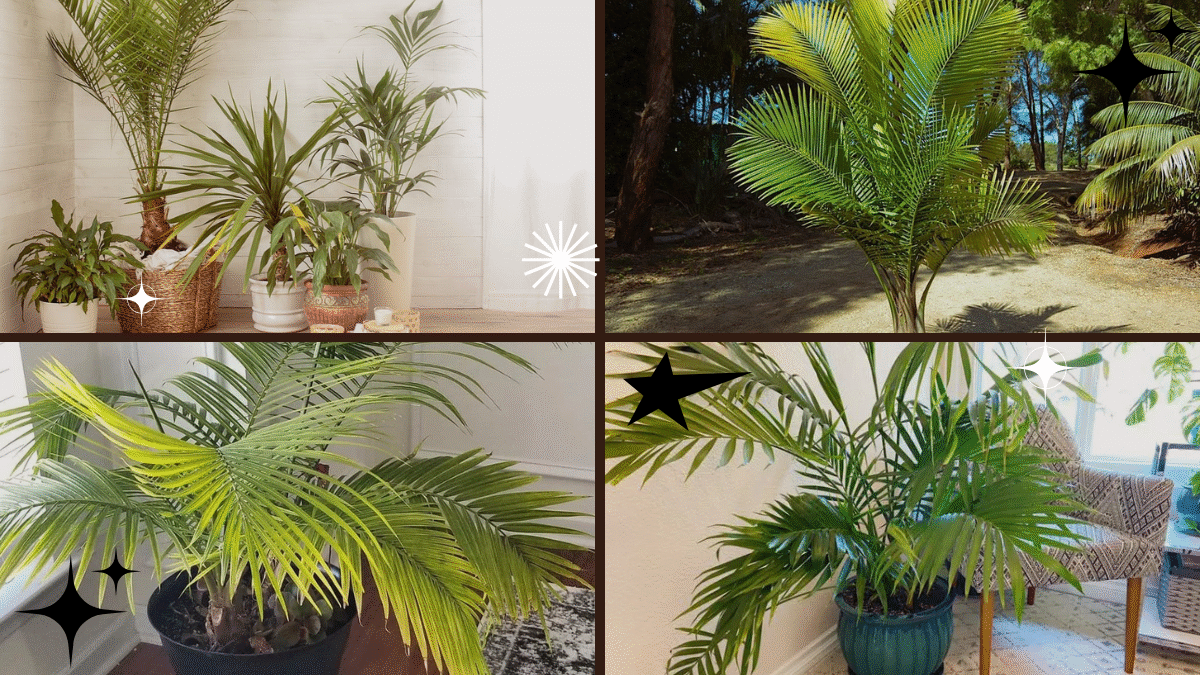
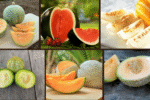


Leave A Comment